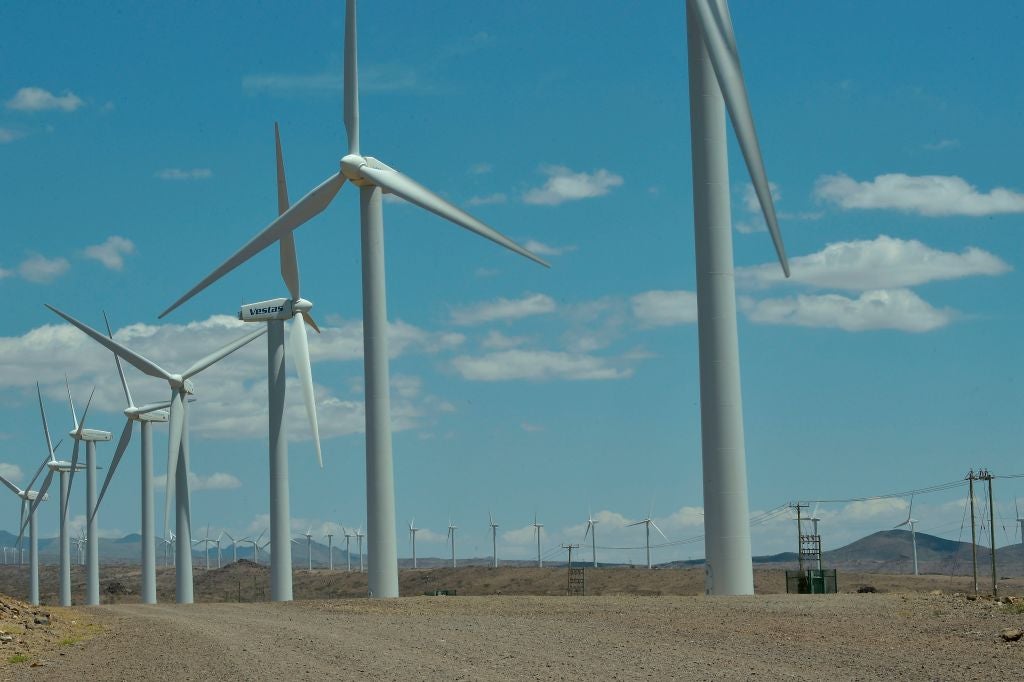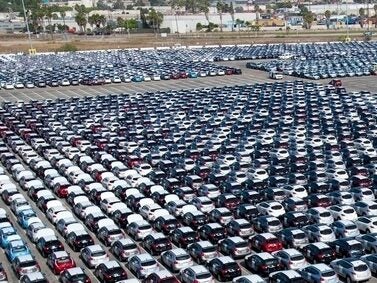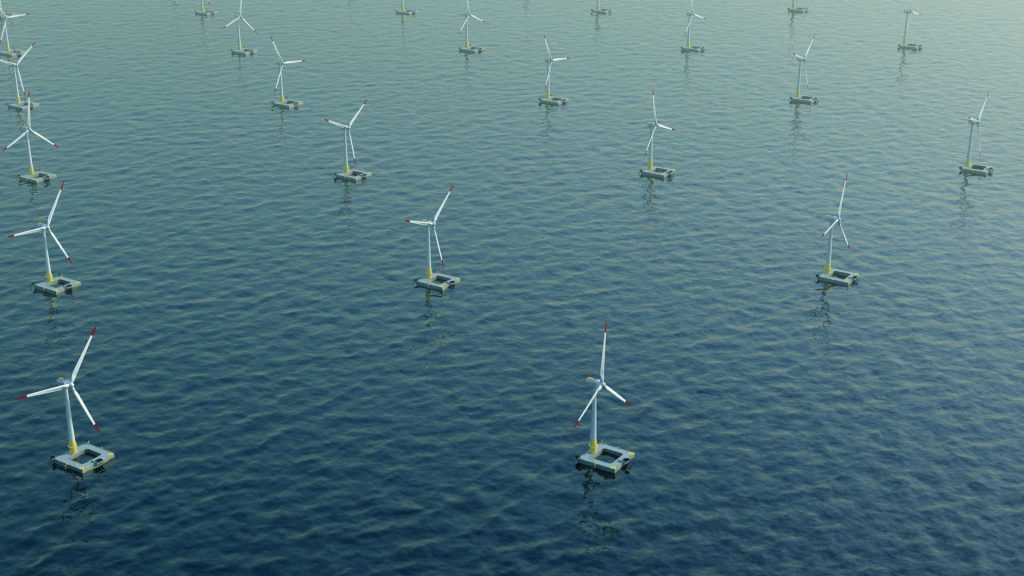How vulnerable are floating wind installations to serious storms?
Thats basically three questions. The gist of the answer is "not that vulnerable" :
1) Do they get destroyed in bad storms ?
= If the storm exceeds the design survival load for the turbine and/or its support assembly, then yes, they can get destroyed. That's exactly why before starting the design process we capure all the environmental data corresponding to the site, then account for deterioration during the turbine & support structure life, then add safety margins on top of that, then add extra margins to account for global warming issues, and then design to meet all that. But this is stuff at sea in the wild, so bad things can still happen, but it would only tend to be the odd failure, not all of them at once.
2) Do they stay running in bad storms ?
= Our technology keeps improving. It used to be that all big turbines stopped completely during bad storms. Now some of them stay operating a little bit except for during the very worst bit. There are control centres onshore where engineers take decisions - typically about when to be more cautious than the atomatic safeties. This is an interesting subject because the geographical span of a typical storm event (approx 500 miles) tends to be larger than the geographical span of a high-power high-voltage grid, i.e. one can end up closing down all the turbines feeding a major load centre (human city region) during the middle of a storm, and not being able to bring in sufficient power from the next-along-area of wind-farms because the grid-connection isn't big enough. The Feb-2021 onshore Texas ERCOT power outage had aspects of this as many of the ERCOT area turbines were shut down due to iceing reasons, but Texas ERCOT is only lightly connected to the adjacent grid zones in the USA and Mexico.
3) Can humans visit them to do Operations & Maintenance (O&M) in bad storms ?
= No, this we plan to definitely not do. This is not like being a hero on an offshore oil & gas platform (where even we were thoughtful about what we did in the worst weather). Instead we basically just monitor if any issues arise on individual turbines, then go out and conduct post-storm O&M when it all calms down. Some of the really big offshore wind farms are getting accomodation units on the main transformer hub platforms so that the post-storm O&M can get going again a bit faster, but the aim is not to be in the individual turbines during severe weather events.




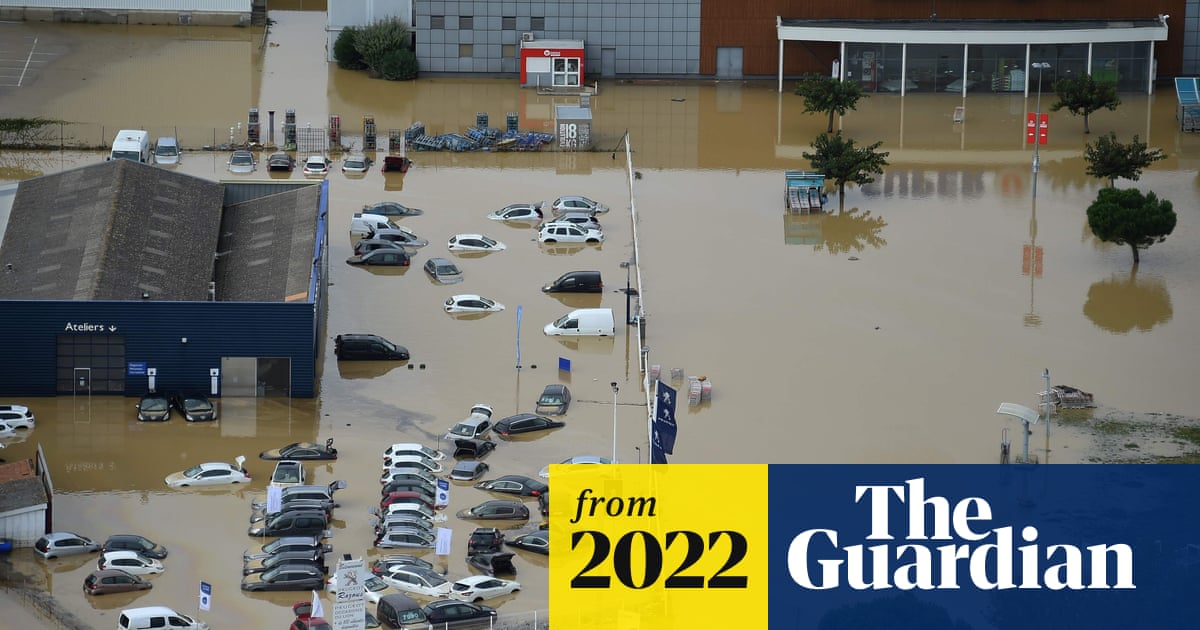
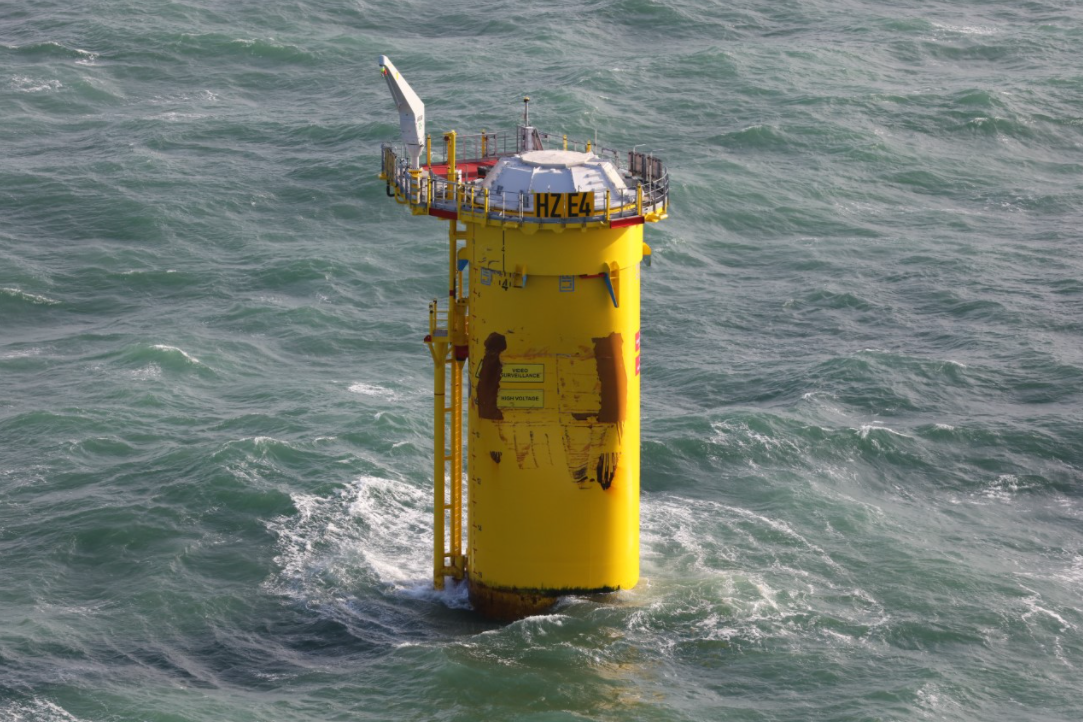




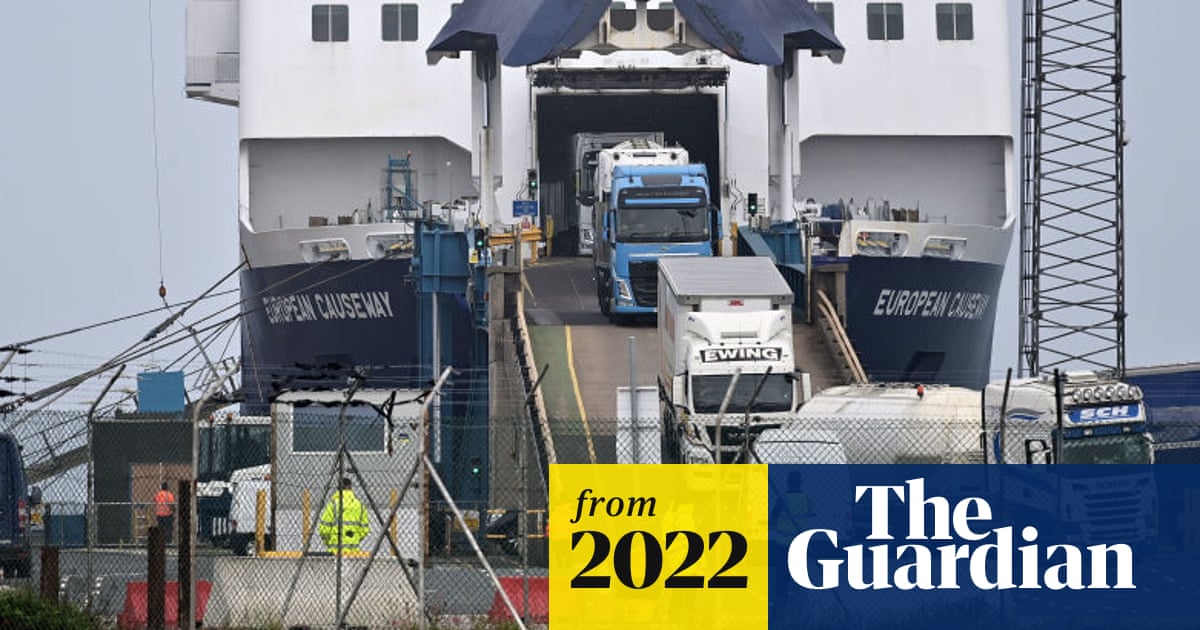
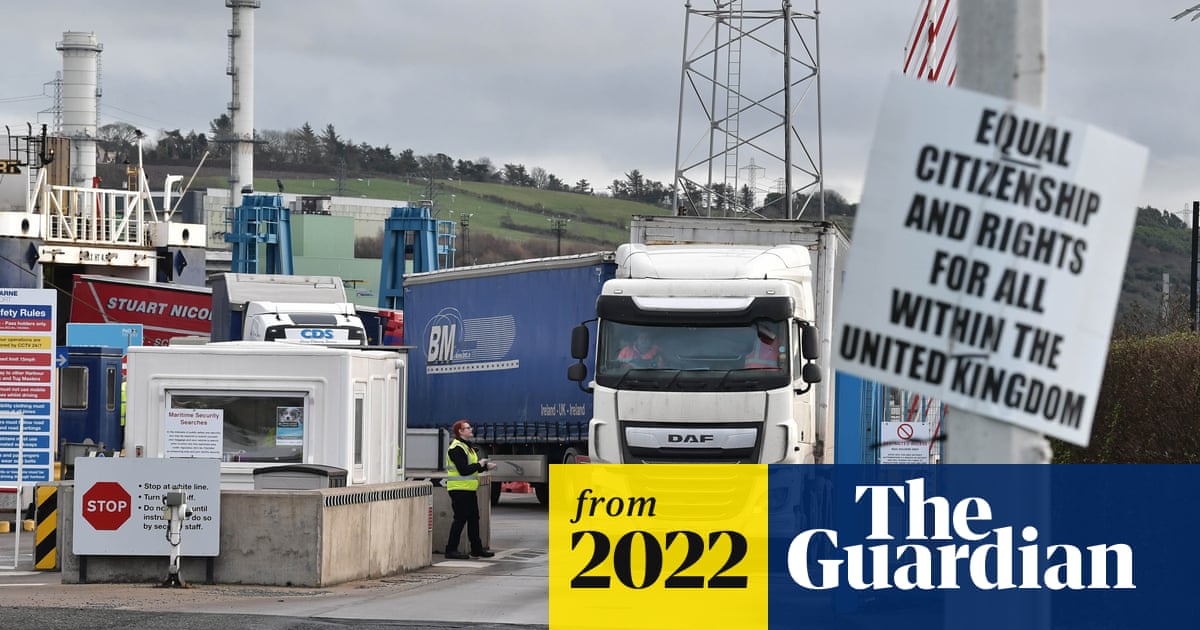


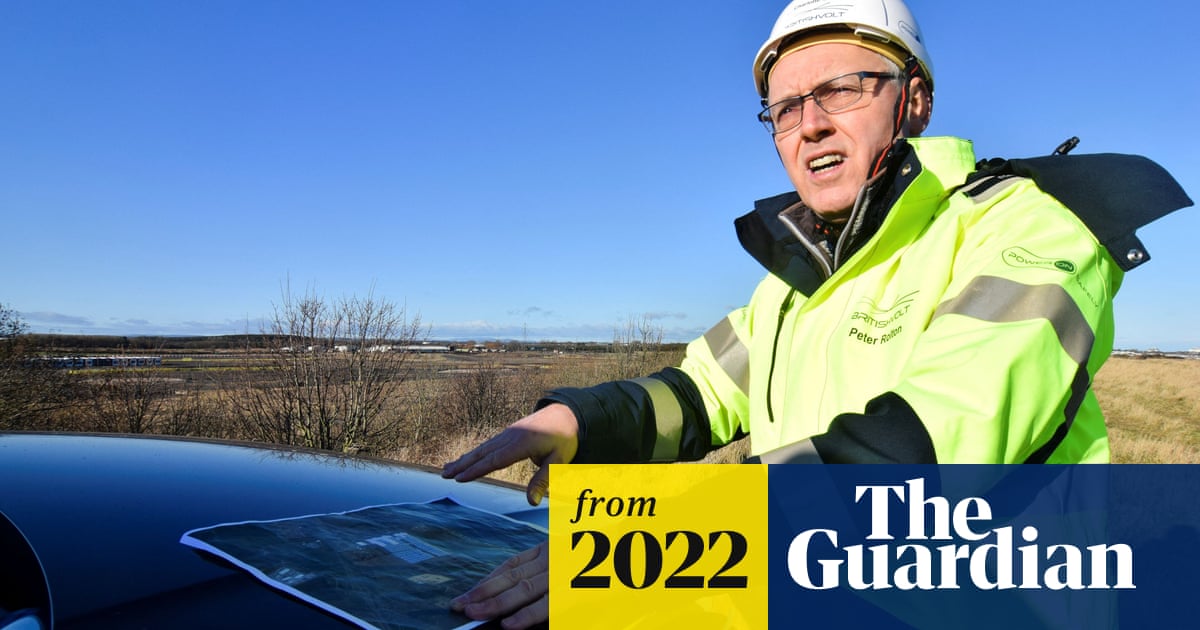

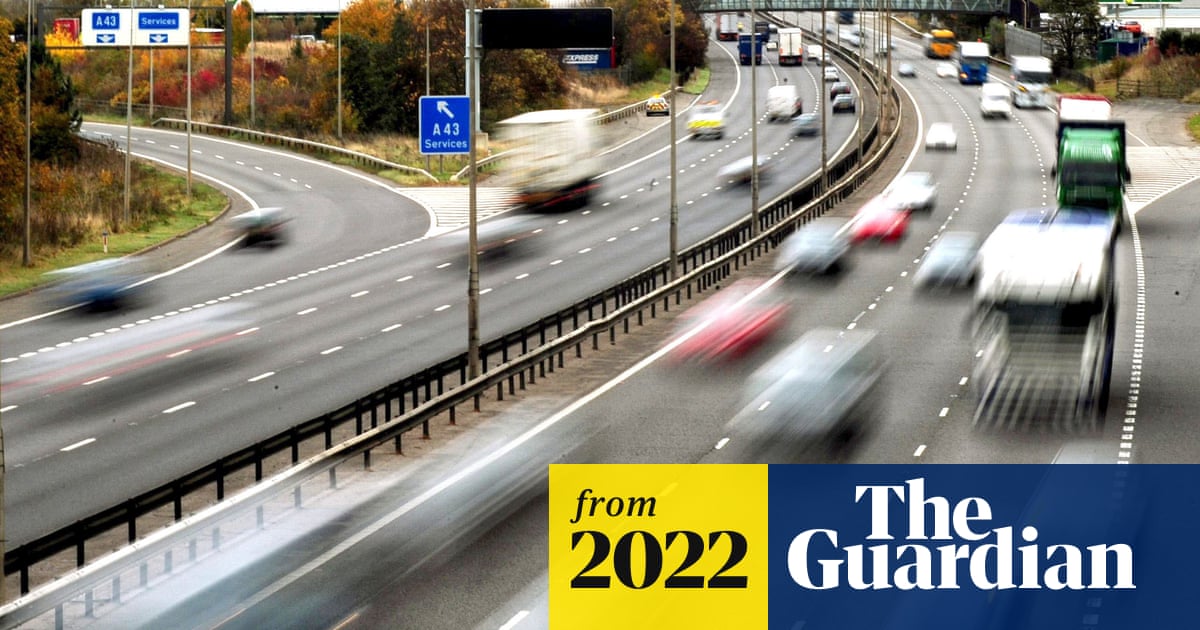




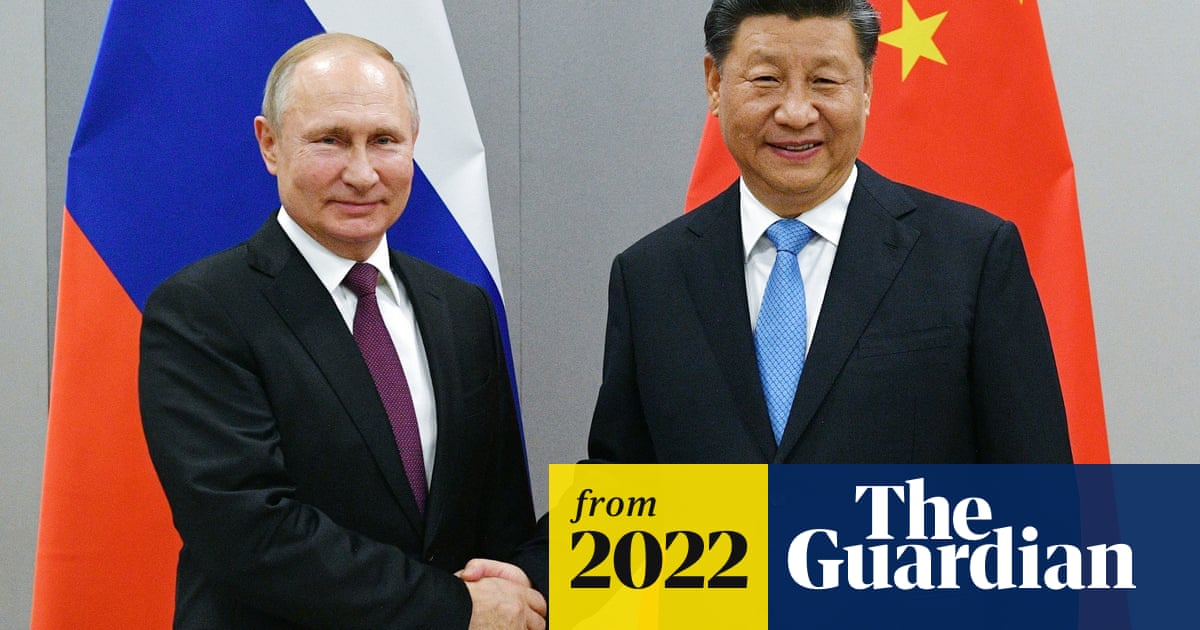
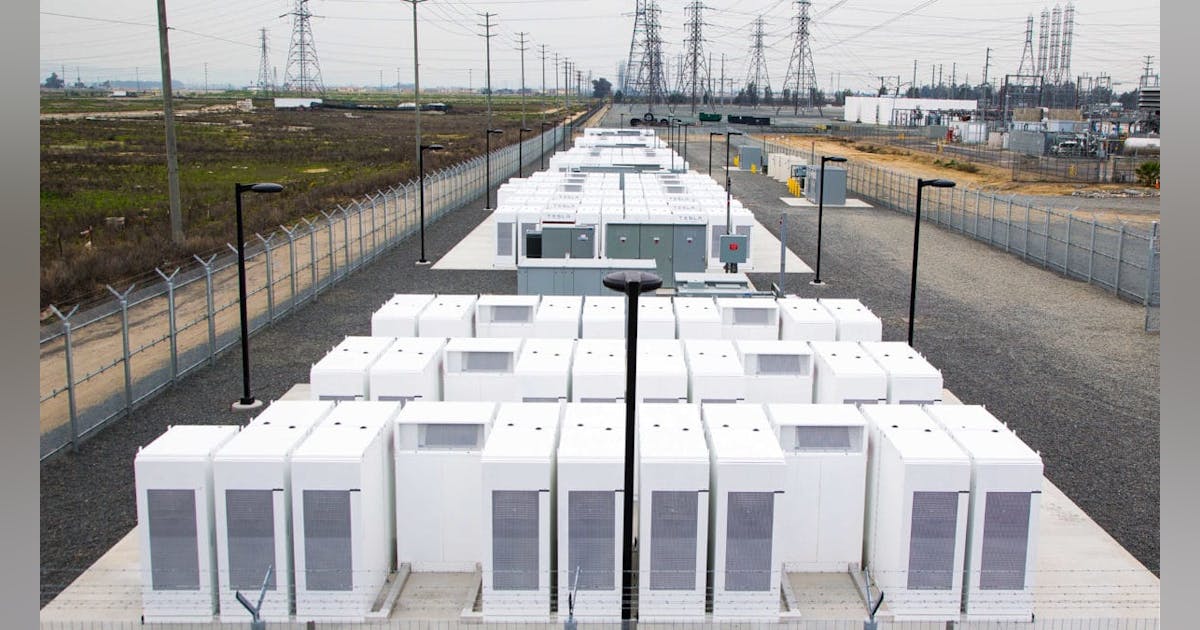
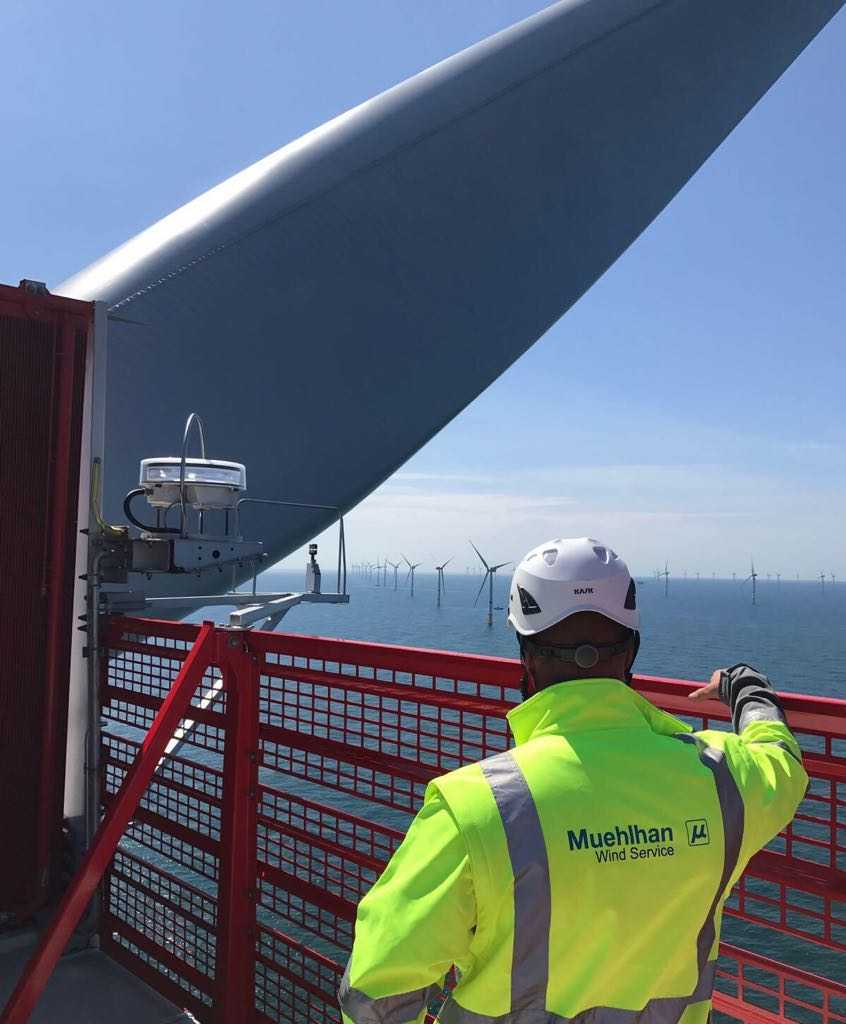
/cloudfront-us-east-2.images.arcpublishing.com/reuters/SL2E732WLZIIRB54LVIMSWHUPE.jpg)
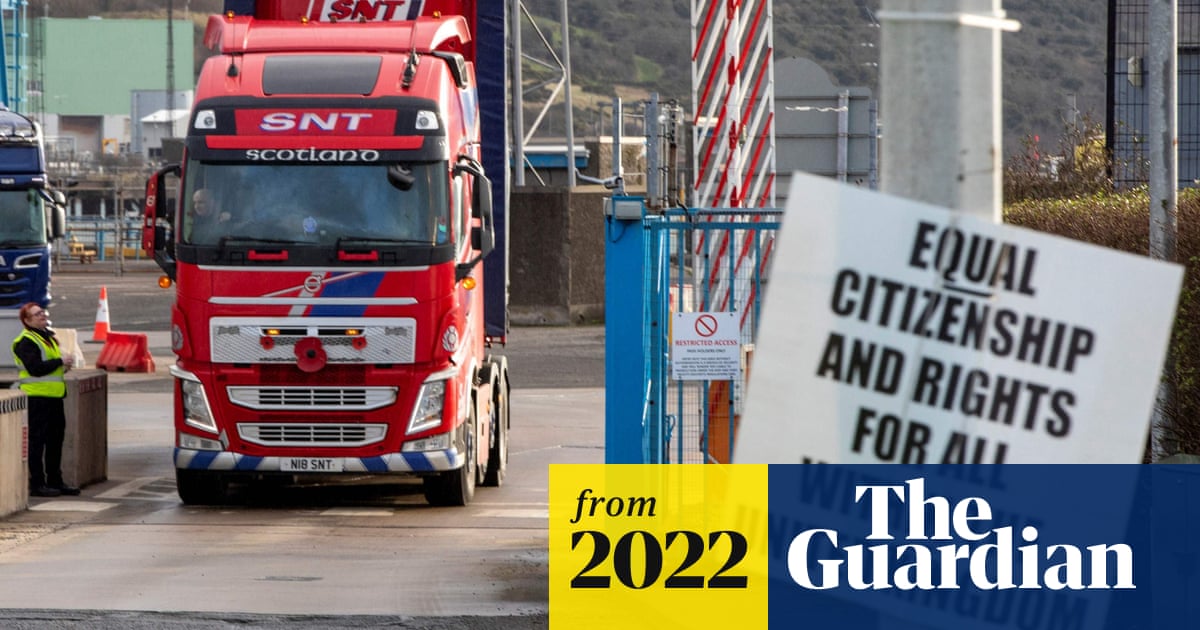


/cloudfront-us-east-2.images.arcpublishing.com/reuters/7VO5NFZ4R5IAPMYP6ZXU4WBE3I.jpg)
/cloudfront-us-east-2.images.arcpublishing.com/reuters/CWM7I5ZY4JNZXDYYBUW3M4MTUU.jpg)
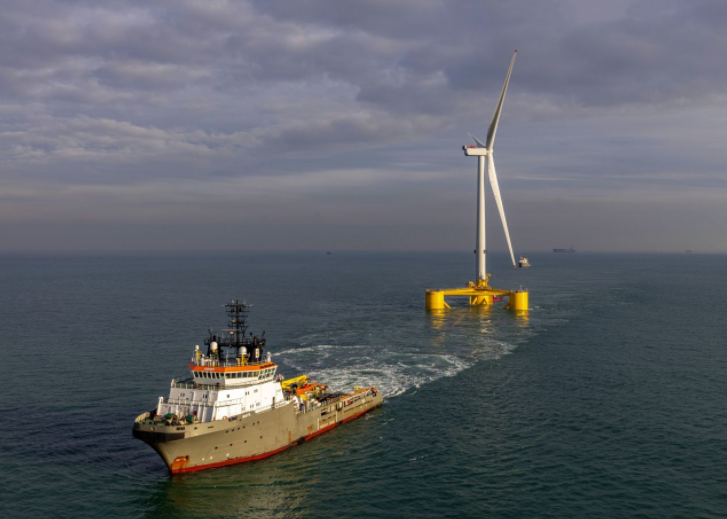
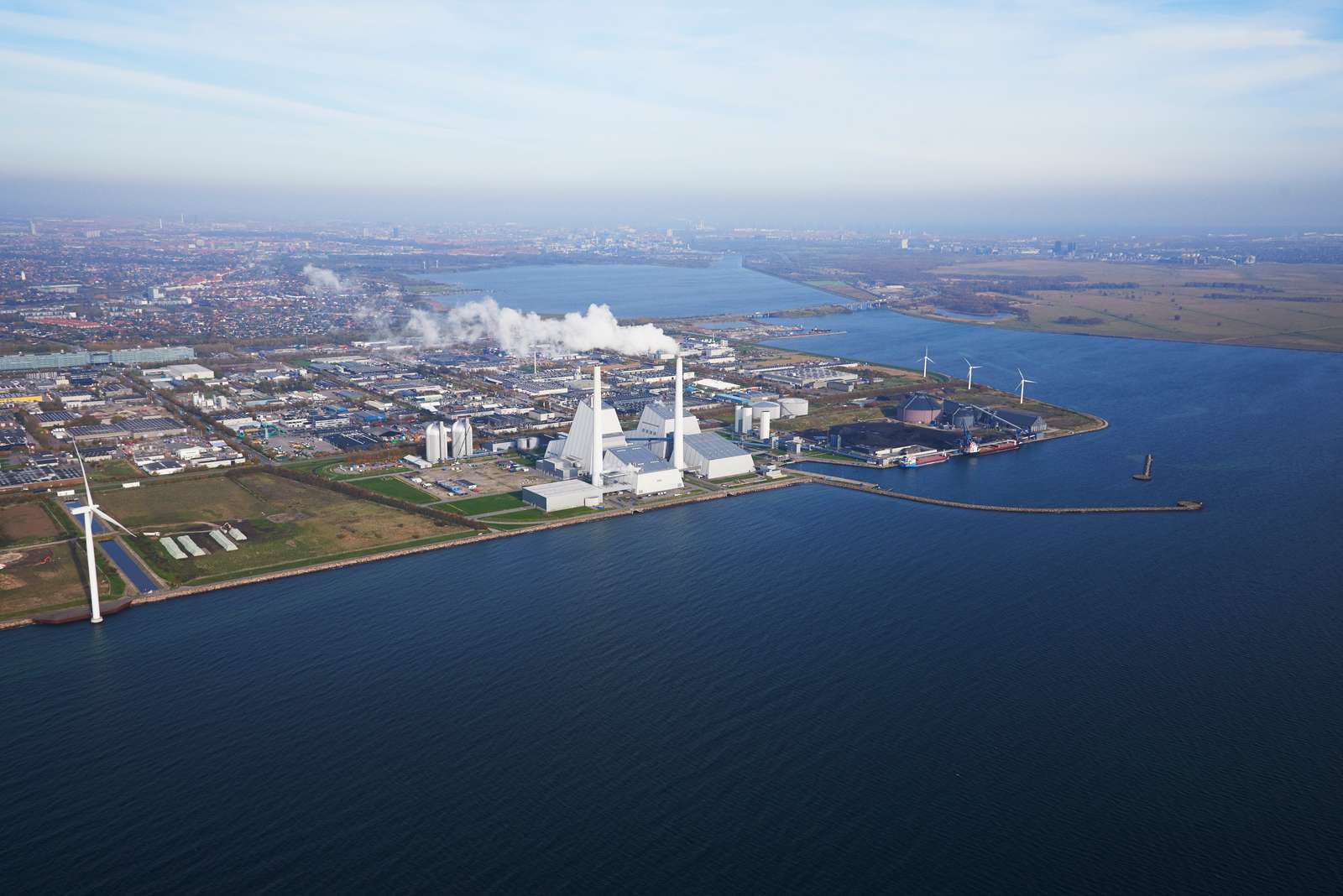

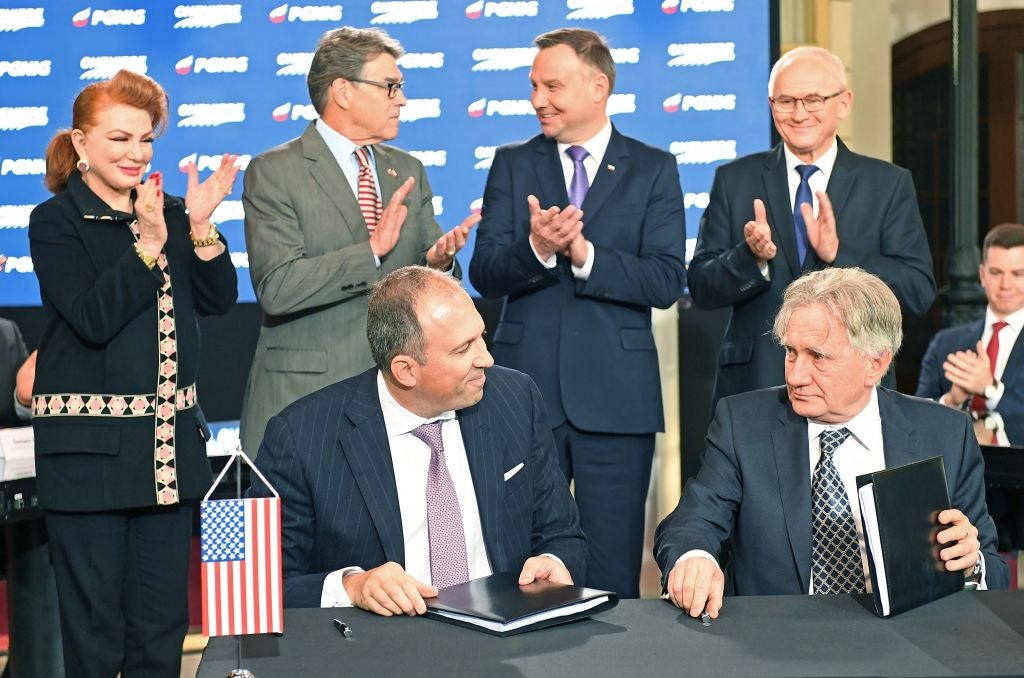
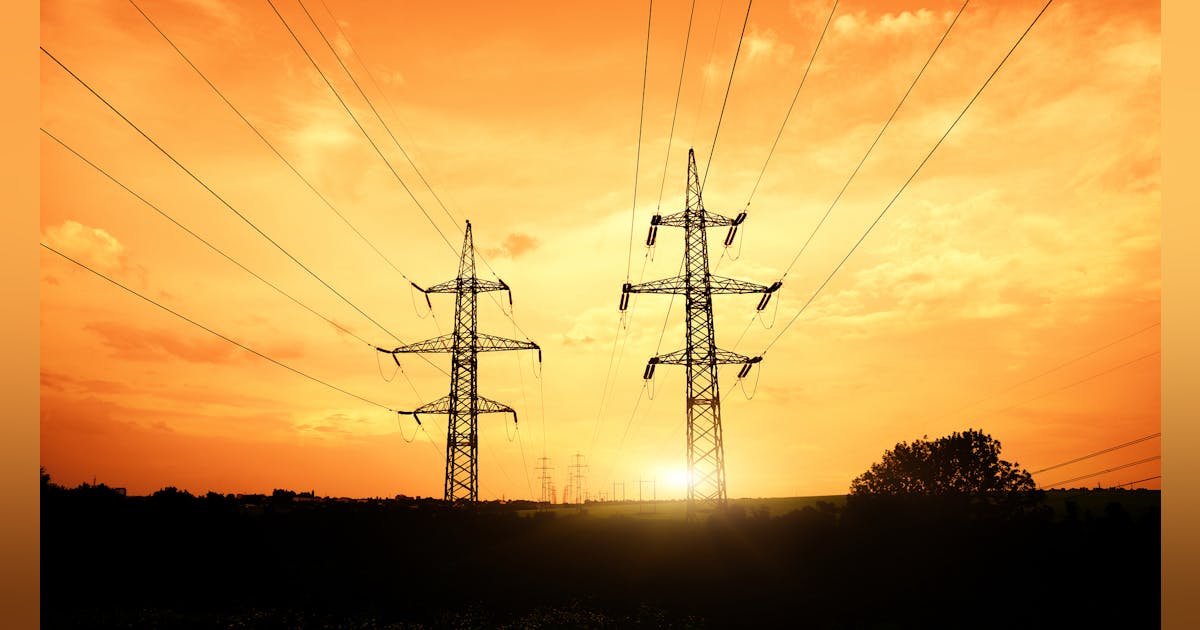
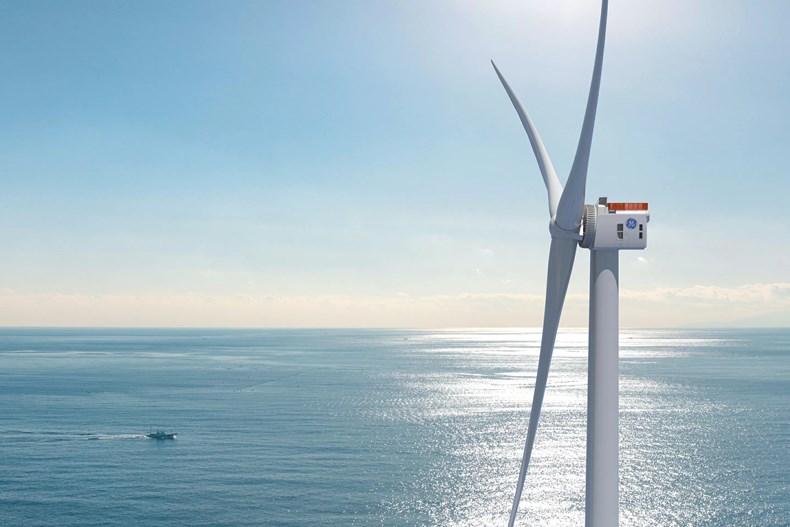


/cloudfront-us-east-2.images.arcpublishing.com/reuters/7KPWEZ2DOFLF7IAIFMF2WXWCHQ.jpg)

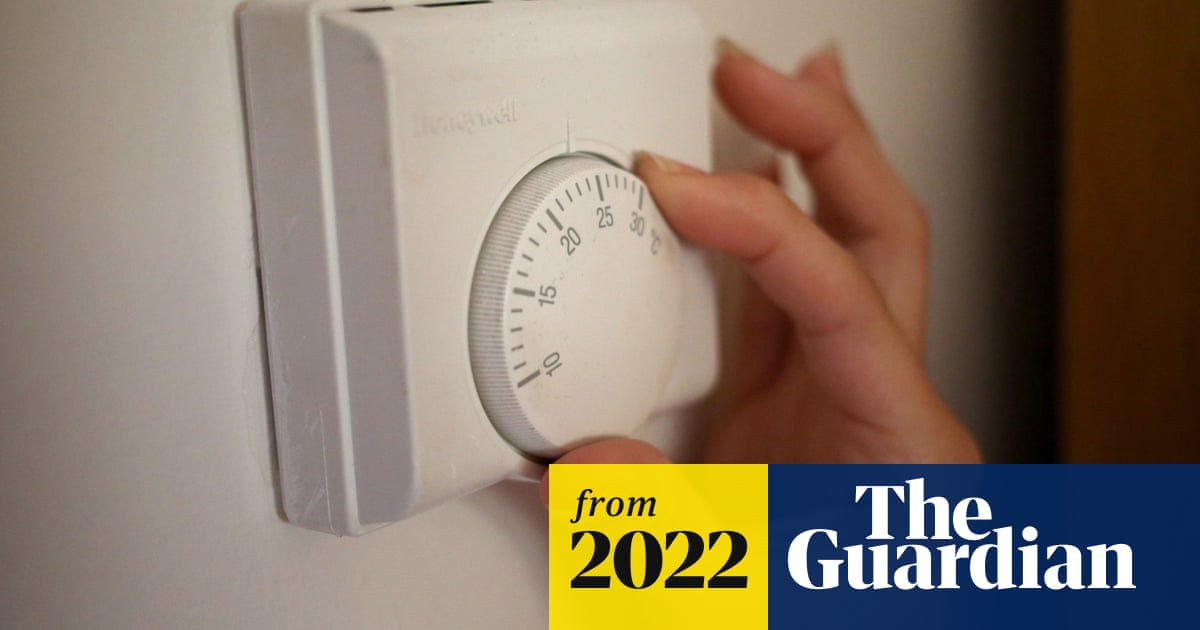





/cloudfront-us-east-2.images.arcpublishing.com/reuters/SJMHNUDP2NNQTL7VMHFFOQCXE4.jpg)
/cloudfront-us-east-2.images.arcpublishing.com/reuters/XM34RARDWNNQLFDUUAFW2PDBA4.jpg)
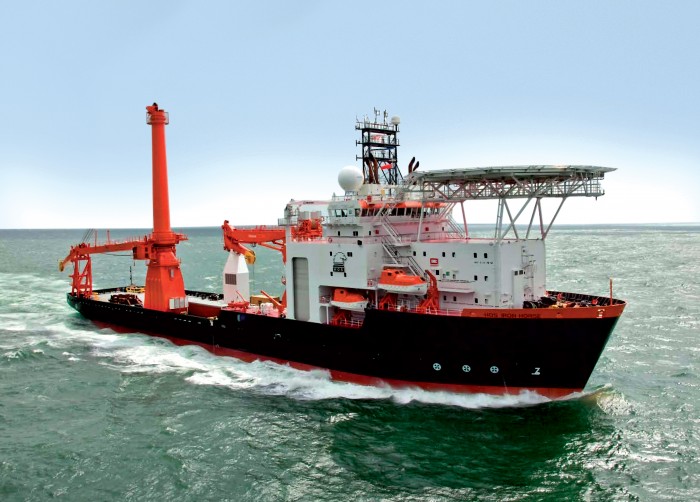
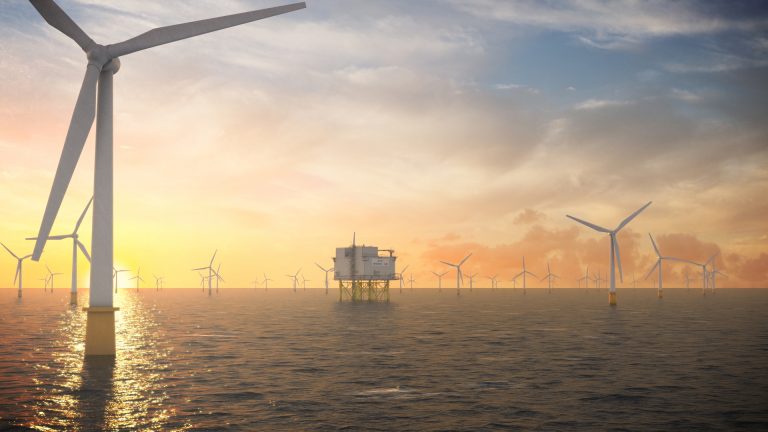
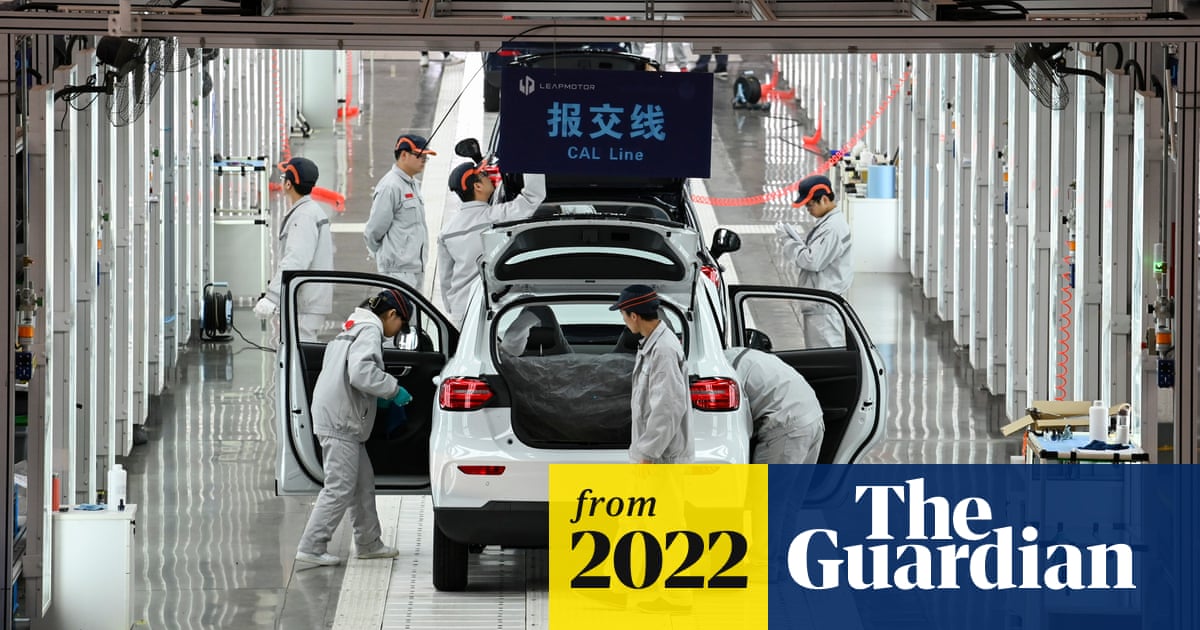



/cloudfront-us-east-2.images.arcpublishing.com/reuters/HE7EJGHSDJNQTP4JVZT2LM6W4E.jpg)
/cloudfront-us-east-2.images.arcpublishing.com/reuters/JDBPO5SYFZMQRO6LHOPEDEFHSA.jpg)



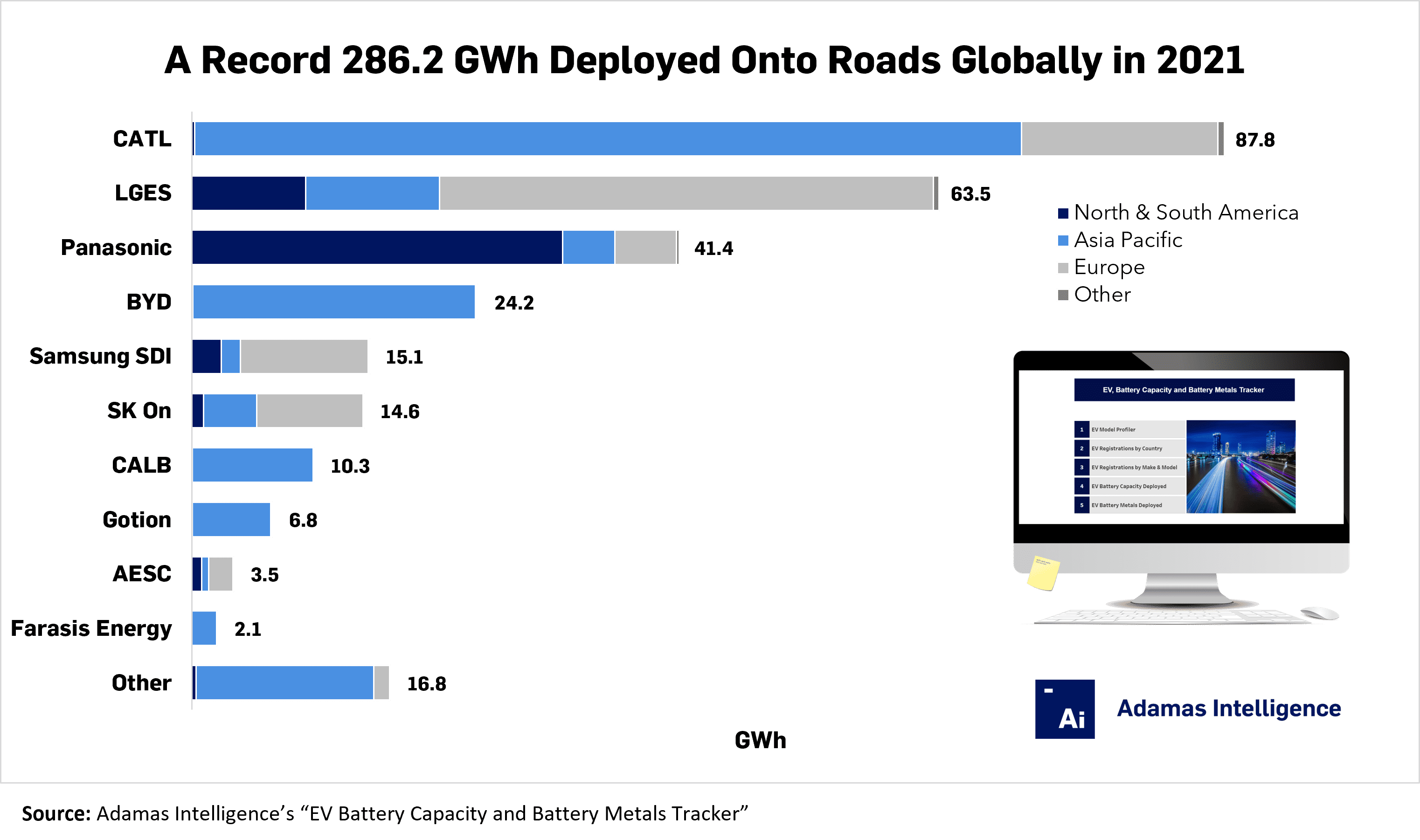

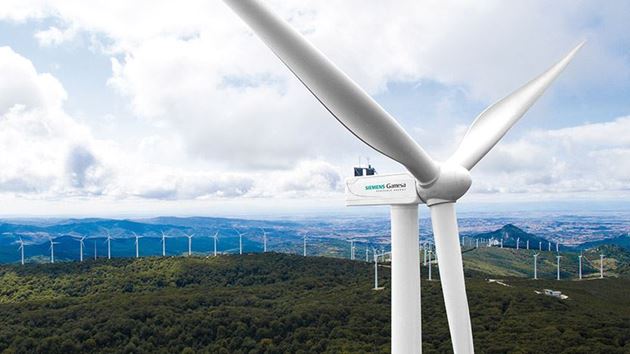



/cloudfront-us-east-2.images.arcpublishing.com/reuters/QD7PWNLY2VJZDGGJ4TPQA6LPG4.jpg)
/cloudfront-us-east-2.images.arcpublishing.com/reuters/36DEILMPPZM25OFCZP34RO54TU.jpg)
